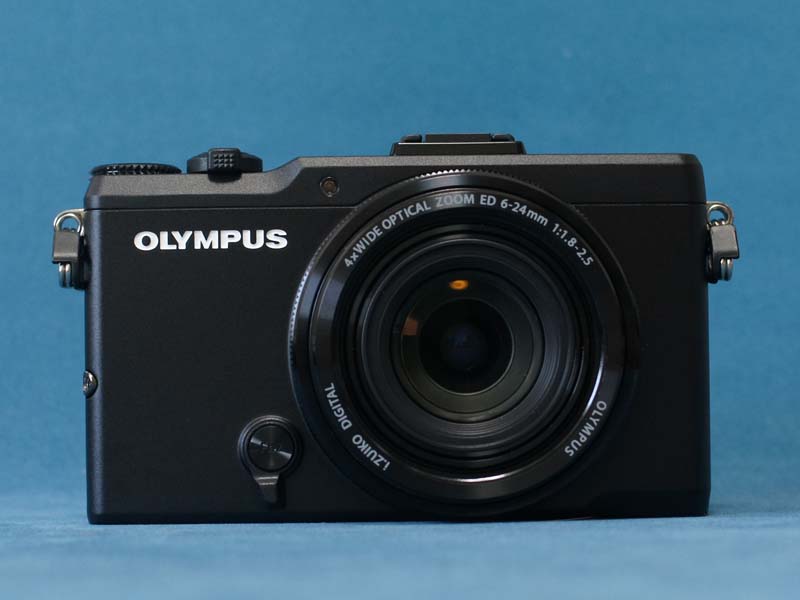

One feature that has remained the same is the 6-24mm (28-112mm equivalent) f/1.8-2.5mm lens.
Olympus xz 2 iso#
When combined, the new sensor and processor provide a sensitivity range of ISO 100-12,800, which is 1EV greater than the ISO 100-6400 range of the XZ-1. This newer processor should help to reduce image noise, while speeding up the camera’s functions. Powering the XZ-2 is a version of the TruePic VI processing system found in Olympus’s OM-D E-M5.

The sensors in most other high-end compacts all seem somewhat underwhelming compared to the size and resolution of the RX100. However, like all other high-end compact cameras, the XZ-2 will face stiff competition from the Sony Cyber-shot RX100 and its large, 1in-type, 20.2-million-pixel sensor. Given the size of the sensor, this is a wise decision from Olympus, and one that bodes well when we look at image quality more closely later. The 12.76-million-pixel, 1/1.7in (7.6×5.7mm) back-illuminated CMOS sensor should offer improvements in image quality, rather than big increases in detail resolution. Thankfully, Olympus has been sensible with the improved resolution of the new XZ-2, increasing it by around 1.5 million pixels. Image: Noise reduction is very obvious in this ISO 400 image With this in mind, the XZ-2 has undergone a redesign and received a range of new features that should, once again, see Olympus challenge the likes of the Panasonic Lumix DMC-LX7 and the Canon PowerShot G15 for the compact crown. Now, 21 months on, the competition is even more fierce.Īnnounced in September at the photokina trade show, the new Olympus Stylus XZ-2 will have to strike the right chord to exceed the popularity of its predecessor. Olympus Stylus XZ-2 review – IntroductionĪt the time of the Olympus XZ-1’s release, photographers praised the high-end compact camera as an excellent alternative to the Panasonic Lumix DMC-LX5 and Canon PowerShot G12, which were both seen as top-of-the-range compact cameras for enthusiast photographers.


 0 kommentar(er)
0 kommentar(er)
